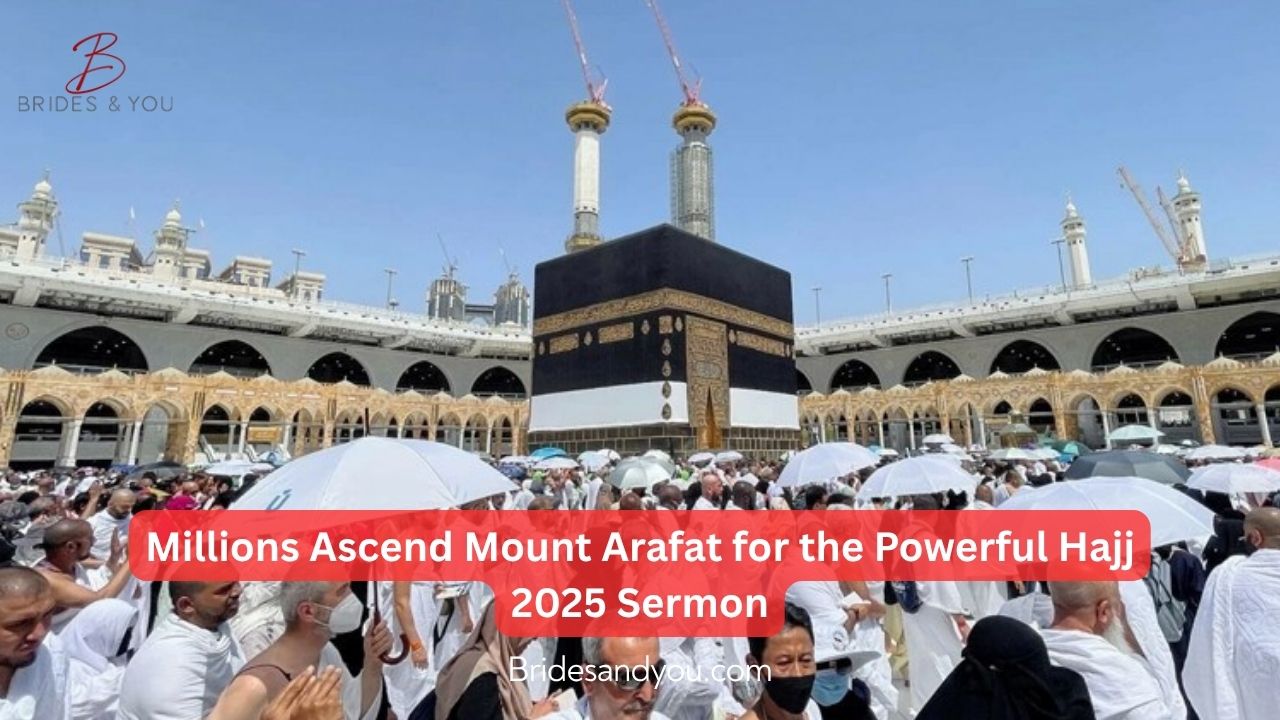Now Reading: AI and Drones for Pilgrim Safety: A Modern Approach to Managing Hajj
-
01
AI and Drones for Pilgrim Safety: A Modern Approach to Managing Hajj
AI and Drones for Pilgrim Safety: A Modern Approach to Managing Hajj

The Hajj pilgrimage is one of the world’s largest annual gatherings, drawing over a million pilgrims to the holy city of Makkah each year. To ensure the safety and well-being of these visitors, Saudi Arabia has taken a revolutionary step forward—deploying AI and drones for pilgrim safety. This cutting-edge technology, along with an expansive surveillance system, is now at the forefront of crowd management, traffic control, and emergency response during this sacred event.
Round-the-Clock Surveillance with 15,000+ Cameras
At the heart of the security operation are more than 15,000 high-definition surveillance cameras strategically placed across Makkah and the surrounding holy sites. These cameras feed live footage to centralized command rooms, where Saudi officials analyze crowd patterns in real time.
These cameras aren’t ordinary. Many are equipped with AI-driven layers that detect abnormal movements, identify congested zones, and predict crowd behavior. This enables authorities to respond quickly before a situation escalates. Whether it’s a stalled group of pilgrims or an unexpected bottleneck, the AI immediately flags the issue for intervention.
Intelligent Transport Management with AI Software
During Hajj, more than 20,000 buses operate between sites like Mina, Muzdalifah, and Mount Arafat. Managing this logistical feat without delays or incidents would be impossible without smart technology. The General Transport Centre in Makkah uses AI-enabled systems to direct traffic, guide bus drivers, and optimize routes to avoid congestion.
“Specialized cameras with AI layers help us predict behaviors and prevent pedestrian-vehicle collisions,” says Mohamed Nazier, CEO of the General Transport Centre at the Royal Commission for Makkah. This system also ensures that buses are available where and when needed, reducing walking time and heat exposure for pilgrims.
Centralized Command Rooms Powered by AI
In a high-tech control room located in Makkah, staff members sit in rows in front of large display screens that broadcast live feeds from the holy city. Here, AI monitors crowd flow 24/7, identifying high-risk zones and making recommendations for crowd dispersal.
These rooms function as the nerve center of the Hajj operation, allowing quick decision-making based on real-time data. Teams are equipped with live maps, GPS tracking, and predictive analytics to handle everything from medical emergencies to route blockages.
Drones Provide Aerial Surveillance and Real-Time Data
Alongside ground-based cameras, drones are now playing a vital role in overseeing the pilgrimage. These flying devices cover vast distances quickly and capture aerial footage of crowd movements, road conditions, and potential hazards.
Drones help in:
- Monitoring remote or inaccessible areas
- Tracking movement along the 20 km Hajj route
- Alerting control rooms of unusual activity or congestion
- Providing situational awareness during emergencies
This aerial perspective is invaluable, especially in areas where ground visibility is limited or where quick access is crucial.
Learning from the Past: Preventing Future Tragedies
A decade has passed since the tragic 2015 Hajj stampede that claimed over 2,300 lives during the stoning ritual in Mina. This incident underscored the need for proactive crowd control measures.
Today, with AI and drones for pilgrim safety, Saudi Arabia aims to prevent such tragedies by using technology to:
- Predict and manage crowd surges
- Minimize risks at ritual sites
- Ensure timely intervention during emergencies
These systems are not just technological marvels—they are life-saving tools designed to honor the sanctity of the pilgrimage while ensuring everyone returns home safely.
Conclusion: Tech-Savvy Pilgrimage Management for a Safer Hajj
Saudi Arabia’s embrace of AI and drones for pilgrim safety marks a monumental shift in how religious gatherings are managed. With constant surveillance, intelligent traffic systems, and aerial oversight, the pilgrimage has become safer, more organized, and better equipped to handle millions of visitors.
As Hajj continues to evolve, so does the technology behind it—ensuring that spiritual journeys remain safe and peaceful for generations to come.













